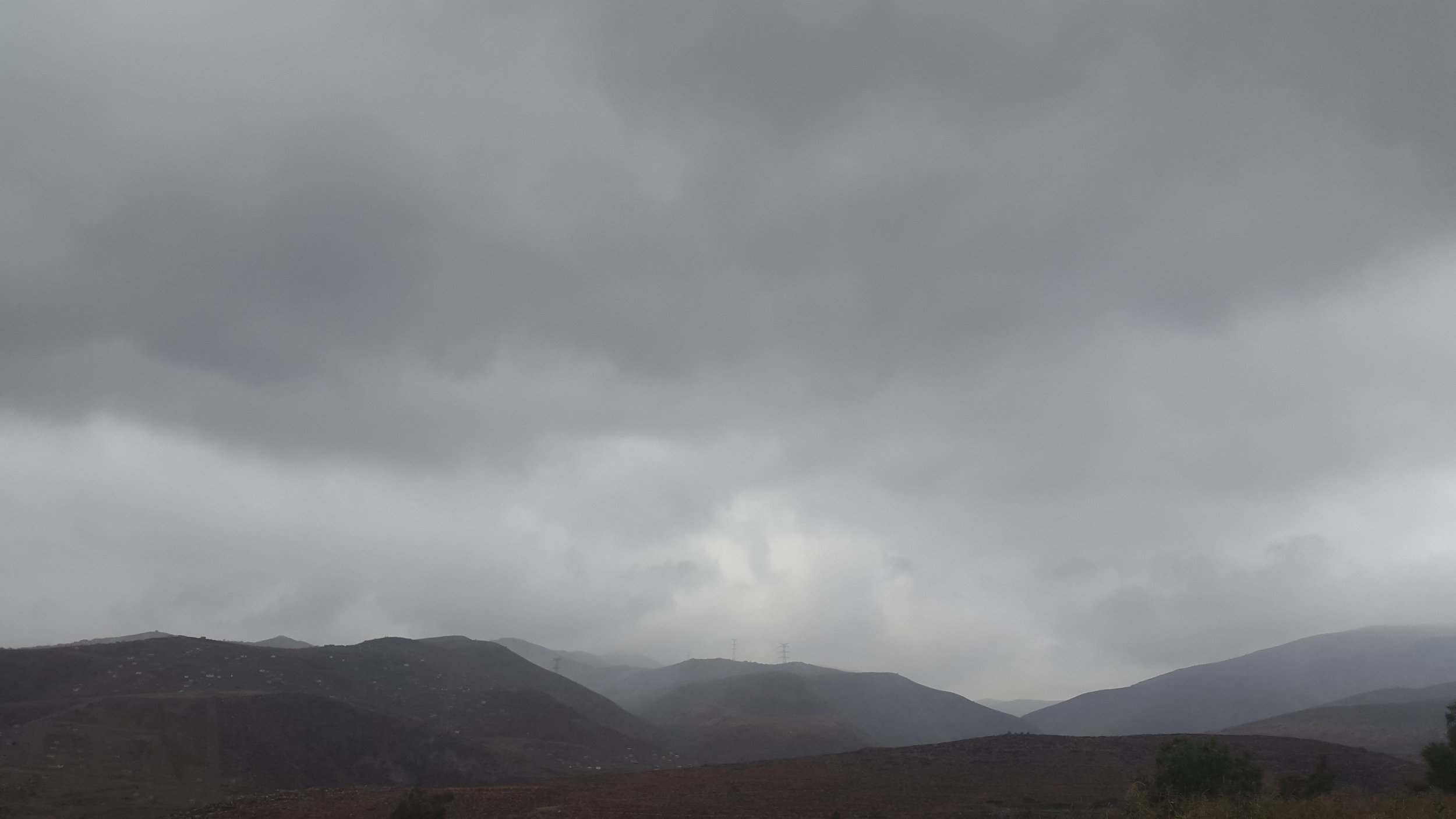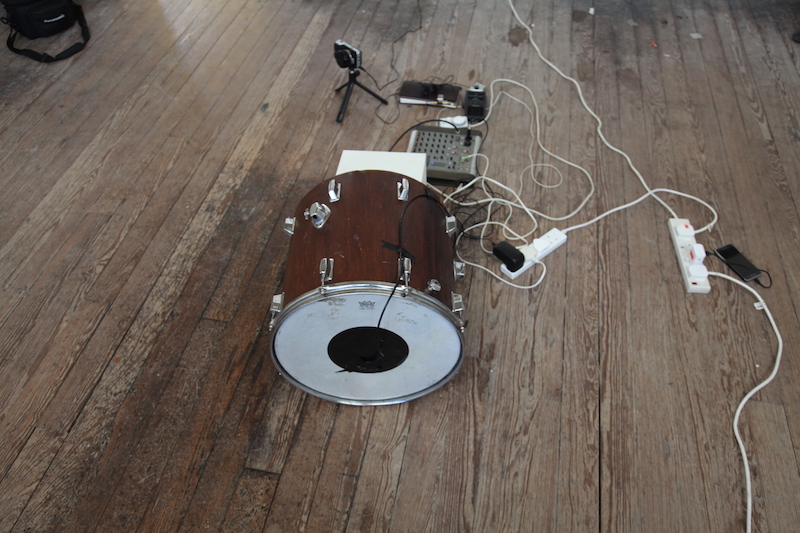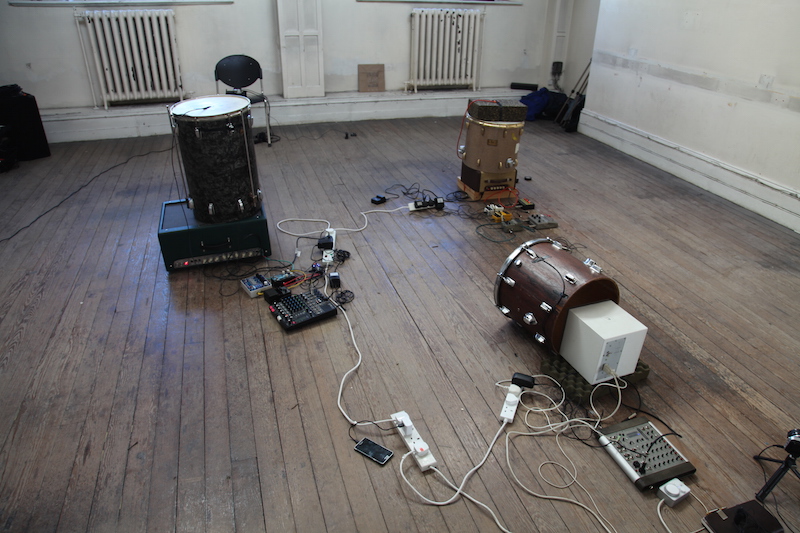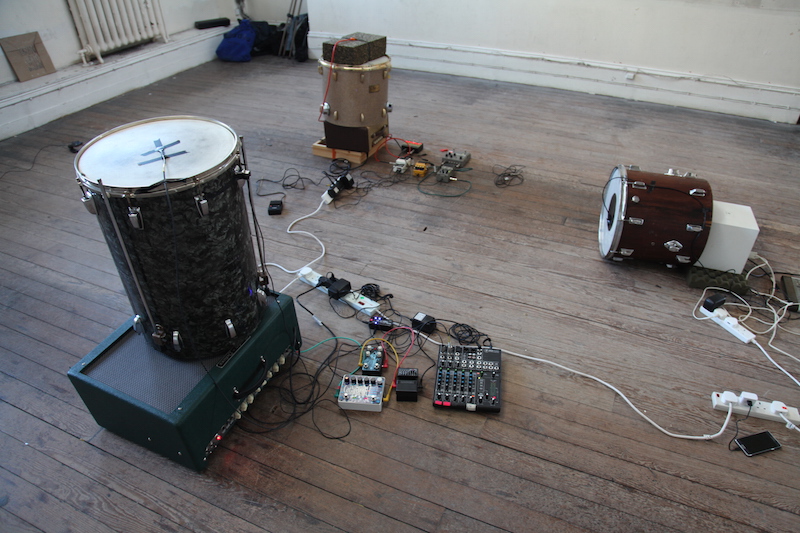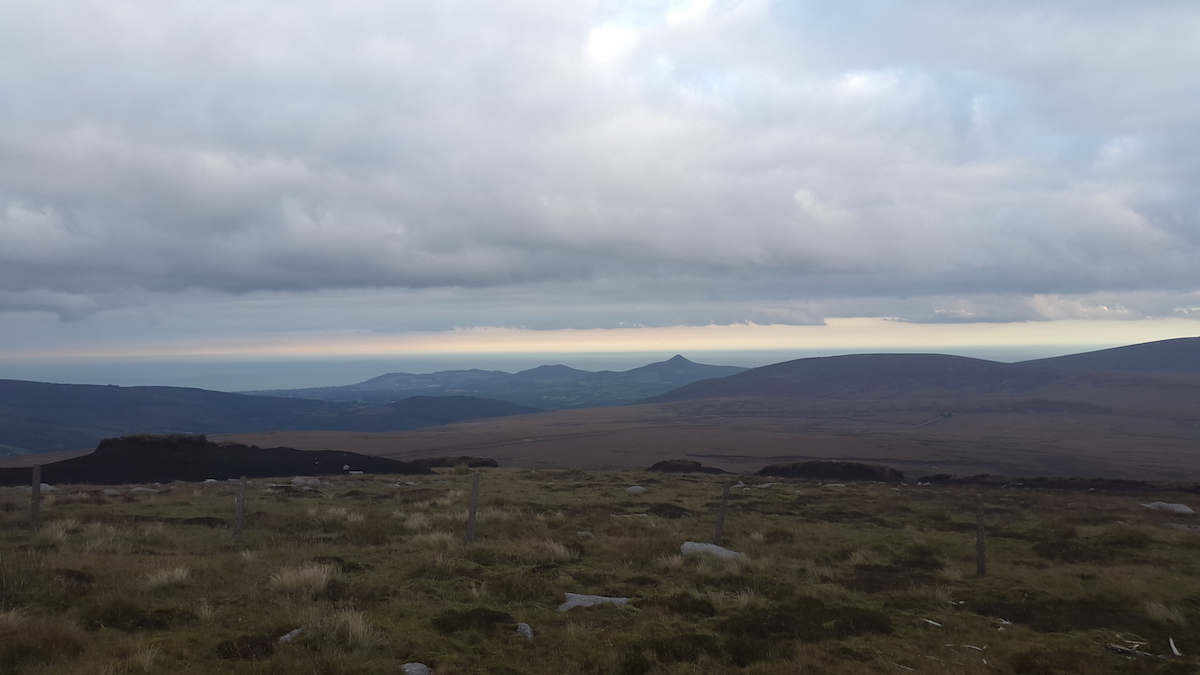
Bog Bodies
Robert Stillman (saxophone), Anders Holst (guitar),
Sean Carpio (drums).
Bog Bodies - the band consisting of Robert Stillman, Anders Holst and Seán Carpio delve into deep time to carve sonic abstractions across their self-titled new album on MIC.
Navigating the “liminal territory between noise and signal, chaos and control, form and abstraction,” the trio recorded and mixed the album on an 8-track cassette machine. Bog Bodies is a searching inquiry into the mythologies and magical undercurrents that knit together our existence in the information age.
Bog Bodies opens with a leftfield homage to Superman III, exploring the mythical qualities of technology through a series of angular horn lines that dissolve into the mire of feedback noise on the album’s raking, anthemic title track. Reverberating in tectonic sheets of sound on ‘One That Is Reflected In The Image Becomes All’ and Bog Bodies reaches its climax on the 11-minute ‘Cave Painting 2019’ - a subterranean epic of mystic force, drawn up from the earth in sweeping drones.
Bringing together their combined experiences playing with the likes of Manuel Göttsching, Luke Temple, The Smile and more recently Coby Sey.

Drift
Mark Garry & Sean Carpio
Drift is the long term collaborative project between Mark Garry and Sean Carpio. Starting in 2011 (CAVE, Detroit), this project has taken the form of public performances (Cork Midsummer Festival), film (Galleria Civica di Modena), and vinyl recording.
The music on this record evolved from a performance in a natural amphitheater called "Horseshoe Bay" on Sherkin Island, located off the coast of West Cork, Ireland. This one time performance took place in and around the bay. The audience arrived in two passenger ferries and moored next to a traditional Irish wooden sail boat which bore an Aeolian wind harp (A harp played by the wind. These harps are in constant flux, and are reliant upon and activated by the enviroment in which they are located).
On land, a brass quartet performed a series of short musical pieces based on Summerian hymns which were controlled by a form of improvised conducting. The third and last element was an improvising saxophonist who was responding to the brass quartet and the wind harp.
For this recording, we firstly wanted to create a situation that integrated certain conceptual and sonic elements from the initial Drift performance and then process the material through a more protracted method. The recordings were made with two saxophonists, an accordianist and three Aeolian harps in a small forest in Dublin's Phoenix Park. The music was improvised in short takes with little guidance and subsequently edited by Mark and arranged by Sean.
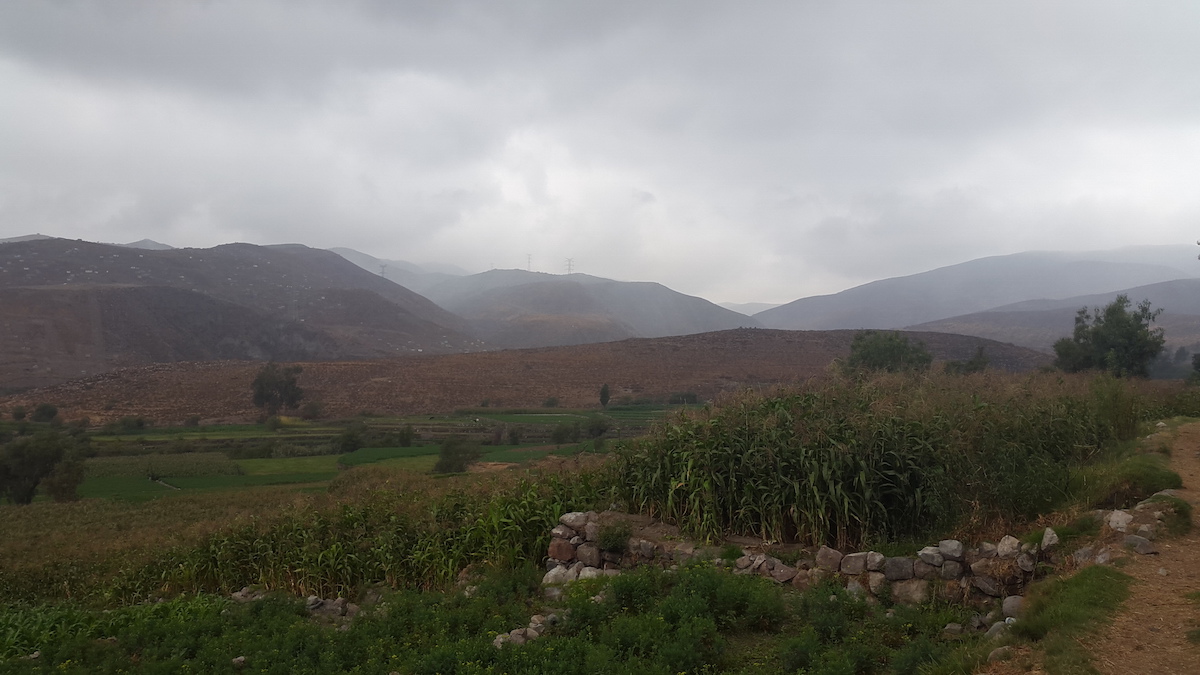
Two Sleepers
A Tribute to the poetry
of Carmela Núñez Ureta
by
Eileen & Sean Carpio
“Lo que el sol me dio:
ahora yo puedo regalar calor”
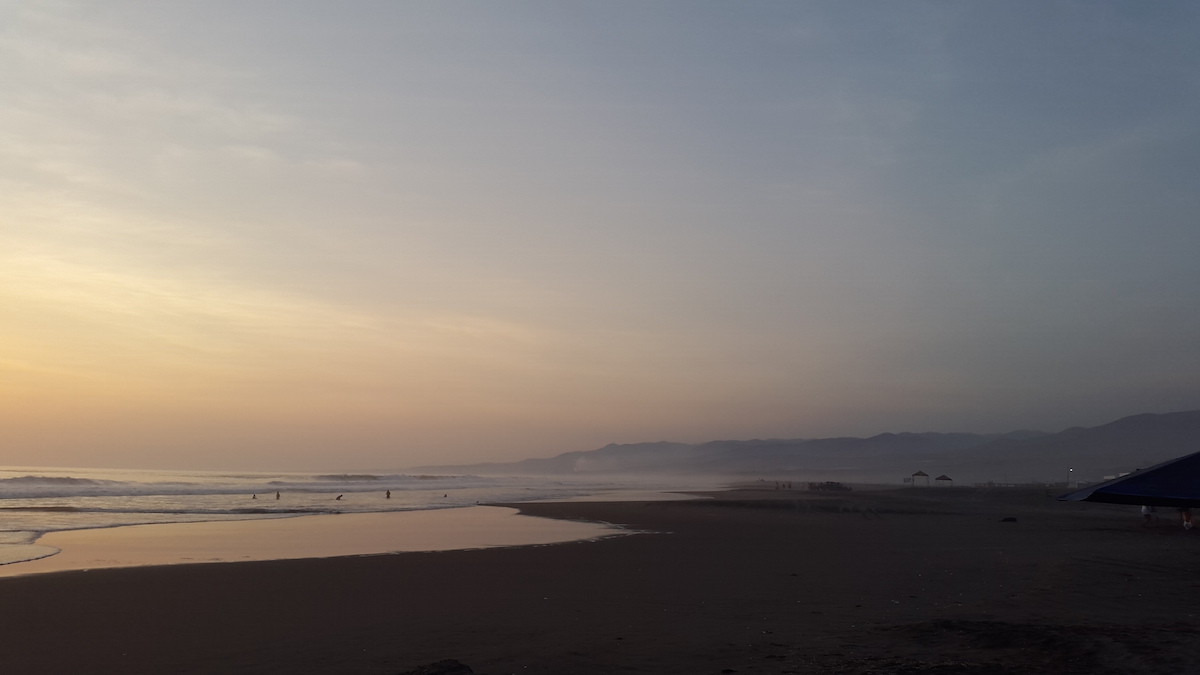
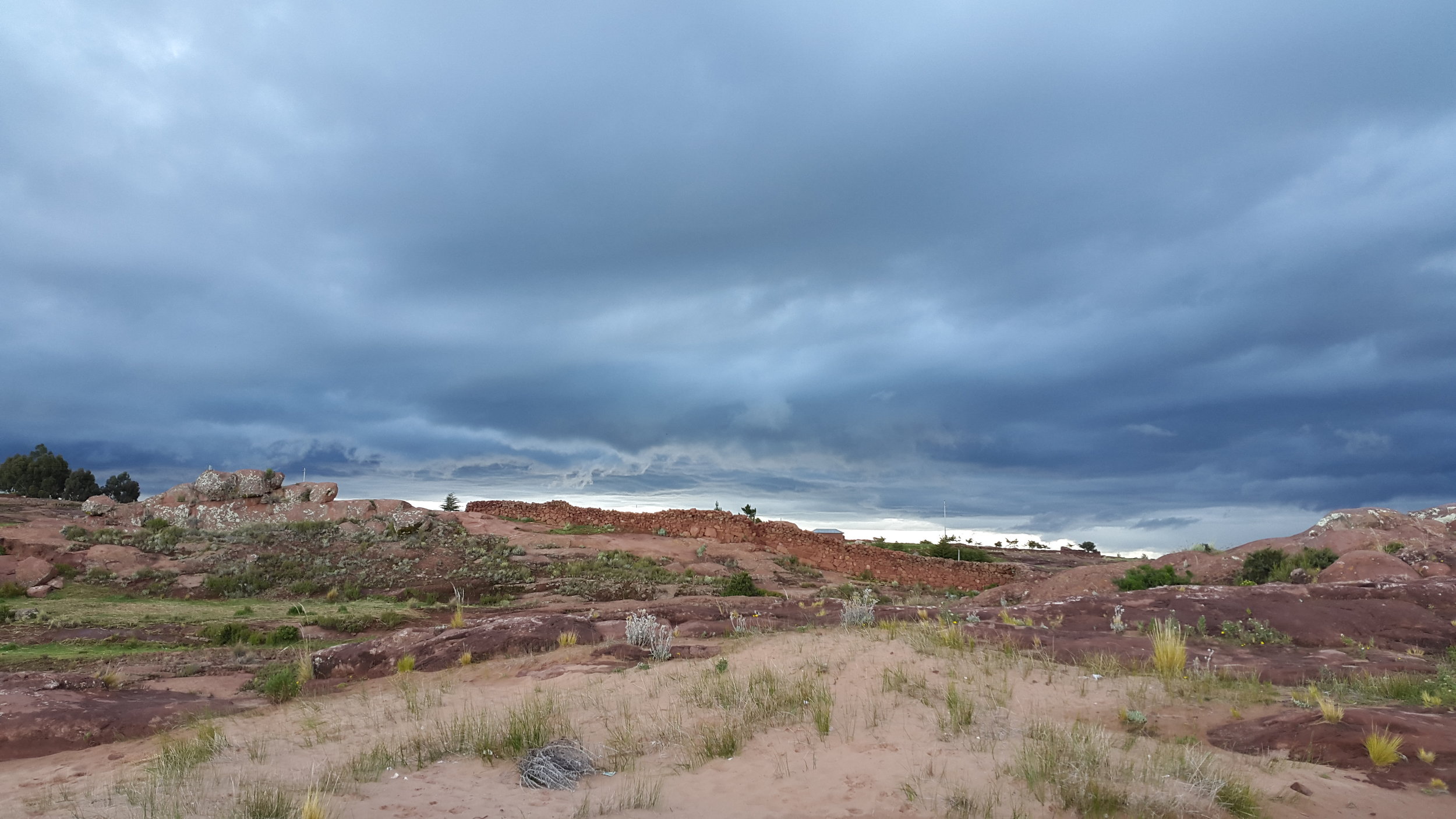
Avdio Hostem
Sharon Phelan, Karl Burke, Sean Carpio
Sound, in its very production, propagation and reception is relational.
It starts as a vibration, an oscillation of pressure that propagates through a medium, such as air, water or metal. This oscillation or wave is then received by the human ear, resulting in the perception of sound. However, these vibrations are modified along the way by several factors —from the physical properties of the body that initiate the sound, to the way the vibrations are created or played, to the properties of the environment that are imposed on the sound before reaching a listener.
The physical characteristics of an architectural space — from its shape, size, amount of surfaces, material — and objects or people within the environment, merge with a sound source to create a unique spatial sonic event. The environment thus becomes an extension of the sound played in it. Phrased differently, the space itself becomes an instrument. The architecture, environmental sounds, and performed or articulated sounds, all constantly contribute towards what the listener perceives in any given space and time.
This piece is a site-specific exploration of the relational properties of sound and space. It is an exploration of audio feedback, sculpted through various resonant drums, objects, and processing techniques, in order to articulate the reverberant characteristics of an architectural space. The result is a room of sound, achieved through an open and dynamic system, that exists as a sonic ecology.
Each performer sets up a positive feedback loop by pointing a contact microphone towards a speaker in a closed-circuit. This feedback loop can then be sculpted by physical and/or digital means to achieve various timbres and psychoacoustic by-products. The aim is to illuminate a space through sound, by taking into account the architecture of the room — size, material, surfaces — and working with the immediate surroundings. Through deep listening, each performer tunes their feedback loop system, working through a series of predetermined factors, such as duration, periods of improvisation between performers, and stasis. It is in the moments of stasis that the system becomes most alive.
- Sharon Phelan
